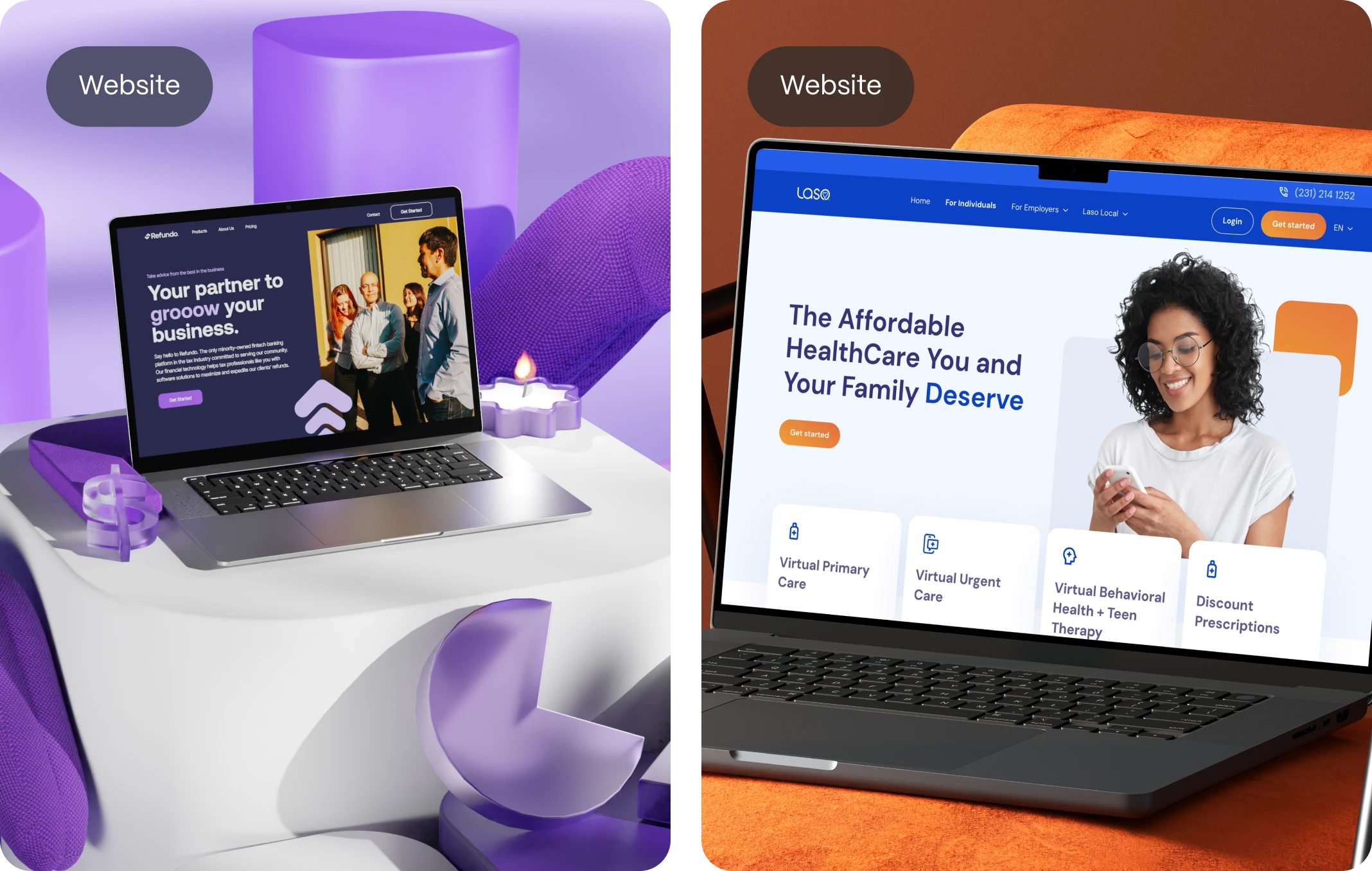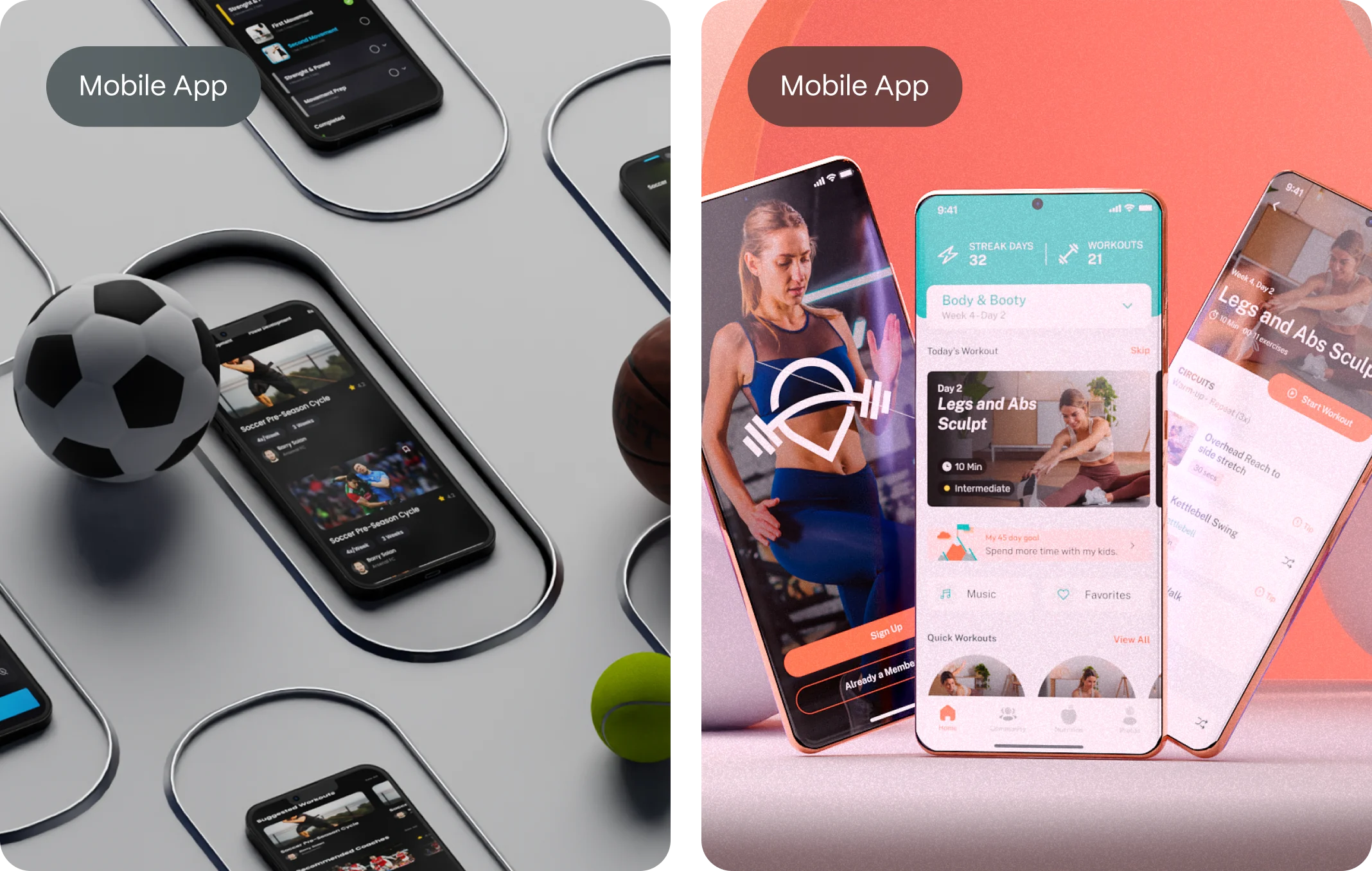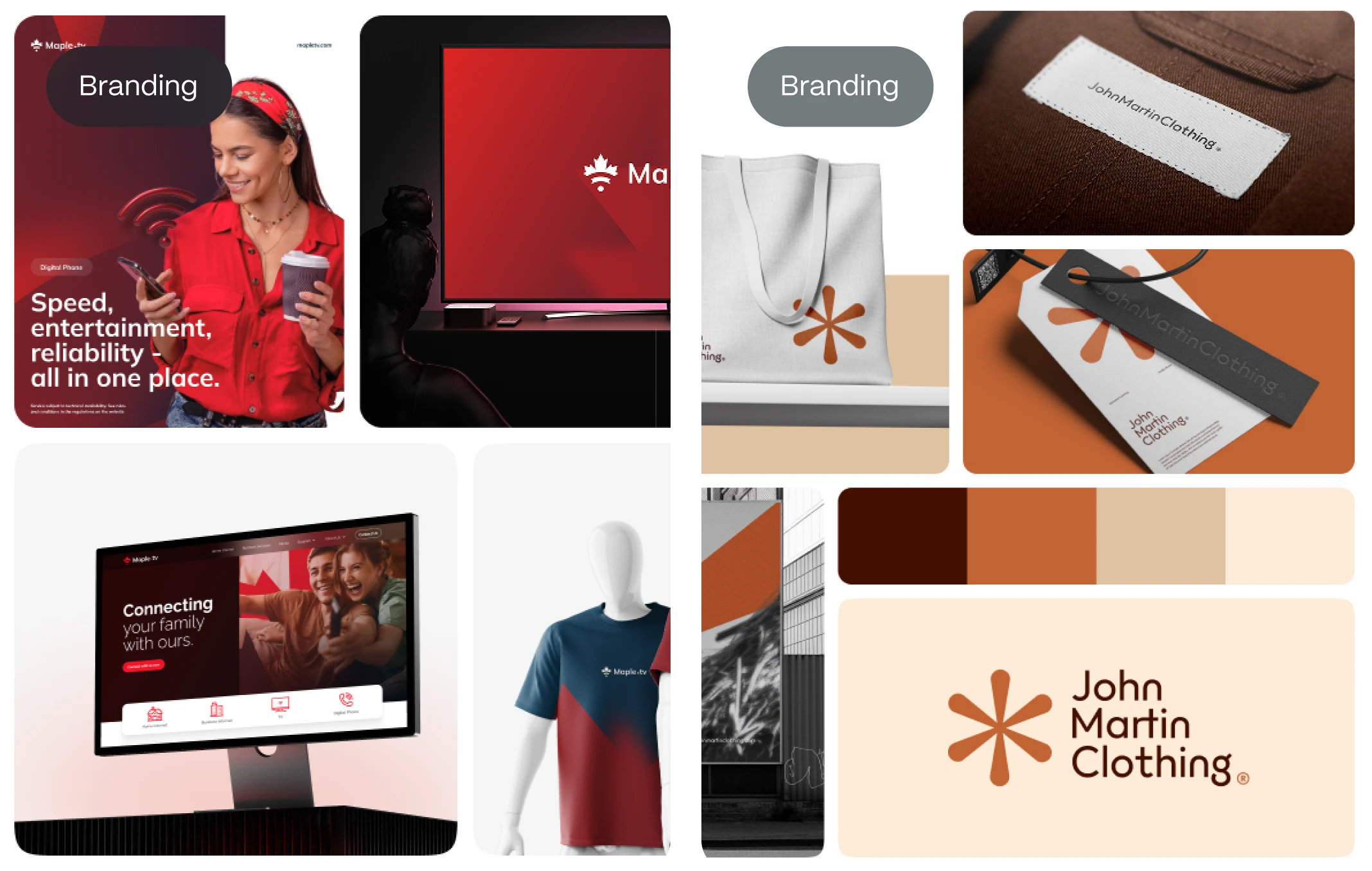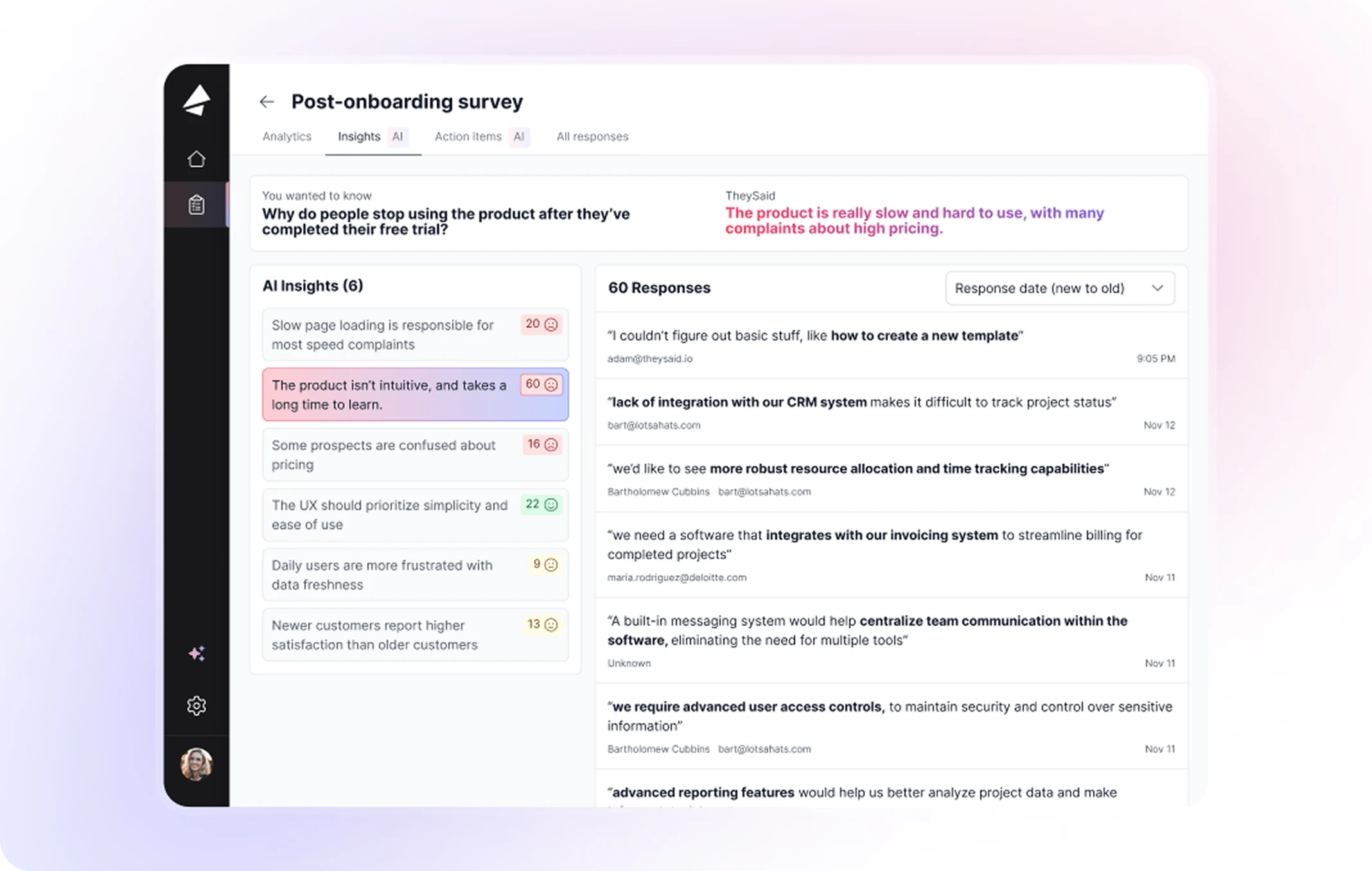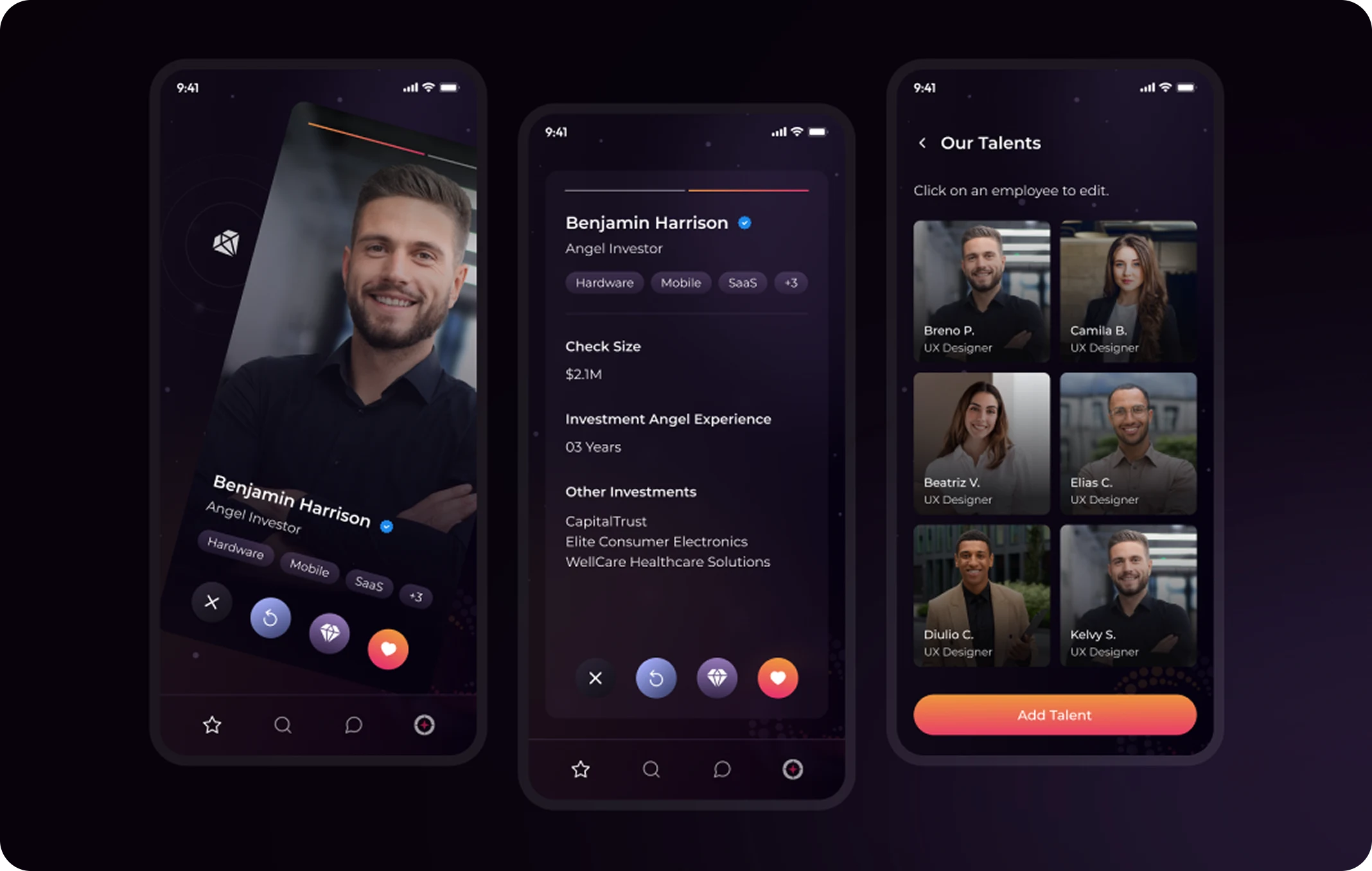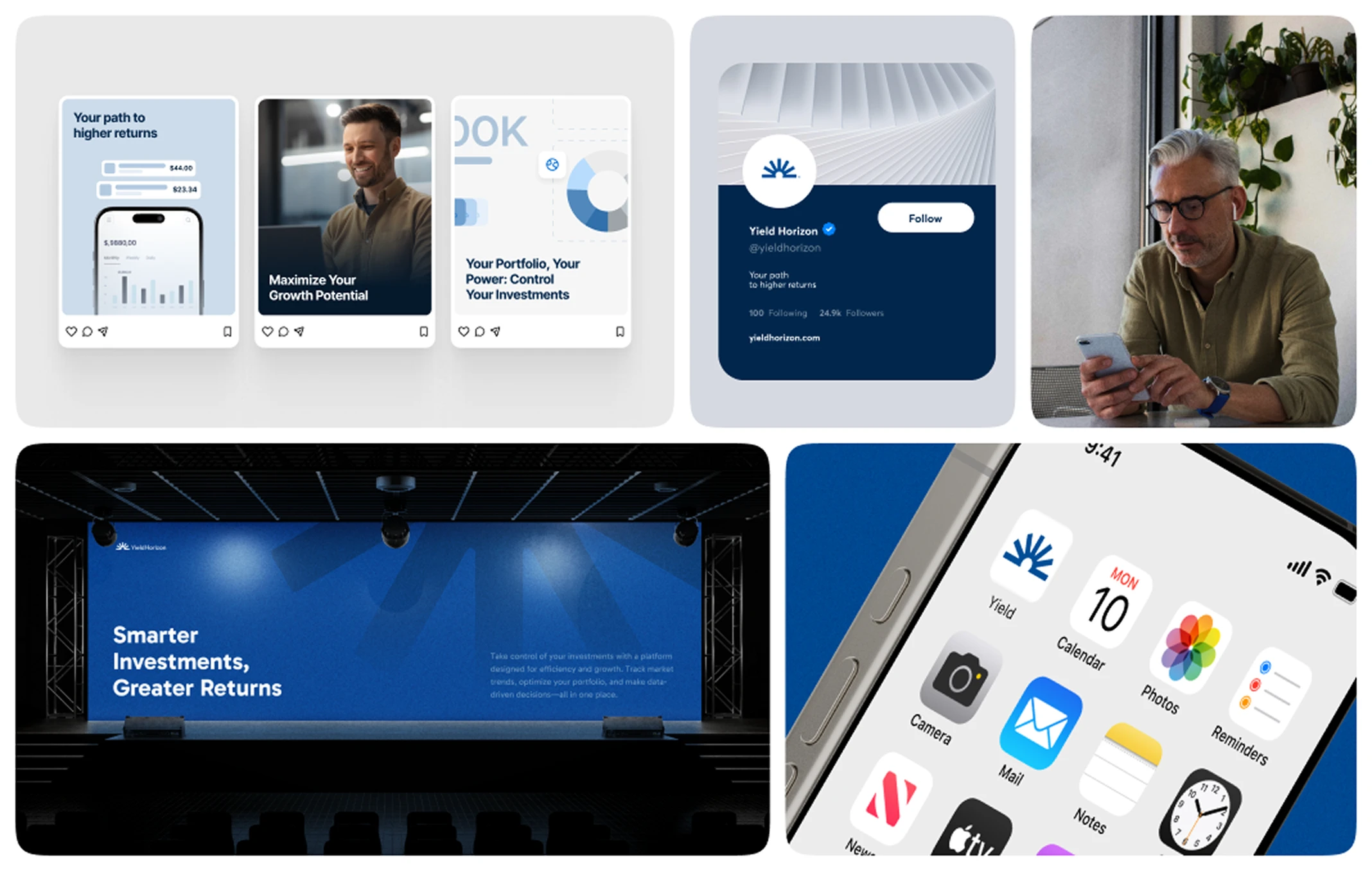The Inconsistent Global Brand: The Gap’s Crisis
One of the most memorable examples of how a lack of consistency can harm a global brand happened with Gap in 2010. The fashion retail chain decided to change its iconic logo—recognized for more than 20 years by the blue square with white letters—to a new, more “modern” and minimalistic visual identity. The change was launched without preparation, without alignment with the brand’s history, and without a transition strategy that connected the old symbol to the new one.
The result was immediate: loyal customers and branding experts harshly criticized the change on social media and in the press, accusing Gap of abandoning its essence and looking generic. The inconsistency was evident both visually and in messaging, as the company failed to communicate the purpose behind the redesign. Within days, the negative reaction escalated into a global reputation crisis.
The situation reached such a point that, just one week after the announcement, Gap was forced to abandon the new logo and revert to the original. This rapid reversal revealed not only the strength of the previous identity in the collective imagination but also how a poorly calculated decision can compromise decades of trust. The episode has since become one of the most studied branding cases on the risks of poorly planned and inconsistent changes.
The key lesson from Gap’s case is clear: consistency is a powerful asset. Altering a brand identity abruptly and without a convincing narrative breaks the emotional bond with consumers. What was intended to be a modern repositioning was instead interpreted as a loss of authenticity. For both startups and established brands, the message is the same: any evolution in branding must respect consistency, balancing innovation with continuity.
What Is Brand Consistency?
Brand consistency means ensuring that every element of your brand—visuals, messaging, tone, and customer experience—remains aligned across all channels and touchpoints. It’s about creating a unified identity that people instantly recognize, no matter where they encounter your brand.
Key elements include:
- Visual identity: logos, colors, typography, and imagery that are used consistently.
- Voice and tone: messaging that reflects the same brand personality.
- Customer experience: delivering a unified feel across product, service, and communication.
- Values and purpose: staying true to what your brand stands for in every context.
When brand consistency is achieved, customers don’t just recognize you—they trust you. Every consistent interaction reinforces the same story, creating a brand that feels reliable and professional.
Why Brand Consistency Matters
Startups often underestimate the impact of consistency. They experiment with different looks, try various tones of communication, or allow different teams to publish content without alignment. This fragmentation dilutes the brand, making it harder for customers to connect.
Here’s why branding consistency is essential for growth:
- Trust Building: Customers are more likely to trust brands that look, sound, and behave the same everywhere. Inconsistent messaging creates doubt.
- Recognition and Recall: Neuroscience shows that people remember patterns. The more consistent your brand is, the faster customers recognize you in a crowded marketplace.
- Customer Loyalty: Consistency makes customers feel safe. They know what to expect from you, and that predictability fosters loyalty.
- Competitive Differentiation: In markets with similar products, a consistent brand creates emotional value that competitors struggle to replicate.
- Internal Alignment: Brand consistency doesn’t just impact customers—it aligns teams. A unified brand framework keeps marketing, sales, and product moving in the same direction.
The Science of Brand Consistency
Brand consistency is not just creative preference—it’s psychological. Studies show that repeated exposure to consistent brand elements increases trust and preference, a principle known as the “mere exposure effect.”
Think about it: when you see the same tone, visuals, and values from a brand over time, your brain associates that consistency with reliability. Inconsistency, on the other hand, triggers cognitive dissonance—if a brand looks different each time, you unconsciously question its credibility.
This is why global giants like Coca-Cola spend decades refining and enforcing brand guidelines. Every ad, bottle, and experience reinforces the same promise: happiness and refreshment. Startups can apply the same principles at a smaller scale to achieve exponential impact.
Maintaining Brand Consistency Across Platforms
In the digital age, customers interact with brands across dozens of touchpoints daily. A Facebook ad, a website, a mobile app, a LinkedIn post, a support email—each one is a brand moment. If they don’t feel connected, customers lose trust.
Here’s how to ensure maintaining brand consistency across platforms:
1. Create Comprehensive Brand Guidelines
A brand style guide is the foundation. It should include logo usage, color palette, typography, photography style, messaging rules, and voice and tone. But it must also go beyond design—covering how your brand behaves in different scenarios.
2. Train Your Team
Everyone is responsible for consistency, not just designers. Marketing, sales, and support must understand the brand voice and identity. Training sessions and documentation ensure alignment.
3. Use Templates and Design Systems
Provide ready-to-use templates for presentations, social media posts, and emails. A design system ensures that even non-designers produce consistent materials.
4. Leverage Technology
Tools like brand management platforms, content calendars, and collaboration software (e.g., Figma, Notion, HubSpot) help enforce consistency across distributed teams.
5. Audit and Monitor Regularly
Conduct quarterly brand audits. Review every channel and asset to ensure they align with guidelines. Correct inconsistencies quickly.
Examples of Brand Consistency Done Right
- Apple: Every Apple product, store, and communication feels sleek, minimal, and innovative. Whether you see an iPhone ad or visit an Apple Store, the brand experience is seamless.
- Airbnb: Airbnb’s “Belong Anywhere” message translates consistently across its website, app, social media, and even user experience design. It feels unified and human everywhere.
- Slack: Slack’s approachable and friendly tone extends from its app notifications to blog posts and onboarding. The consistency of voice is what makes users feel at home.
- Nike: From their iconic “Just Do It” campaigns to product packaging, Nike consistently reinforces empowerment and athletic inspiration.
These brands prove that consistency is not just about design—it’s about aligning every touchpoint to a singular identity.
The Risks of Inconsistent Branding
Failure to maintain branding consistency can hurt a startup in multiple ways:
- Confused customers: Mixed messages dilute your value proposition.
- Lost recognition: Inconsistent visuals reduce memorability.
- Weakened trust: Customers perceive inconsistency as lack of professionalism.
- Team misalignment: Without guidelines, departments create conflicting brand experiences.
- Lower conversions: Disjointed communication fails to build emotional connection, reducing sales impact.
For startups competing with limited resources, inconsistency wastes marketing spend and slows growth.
How Startups Can Achieve Brand Consistency on a Budget
You don’t need corporate-scale budgets to achieve consistency. Startups can adopt lean approaches that are highly effective:
- Start small but consistent: Define core colors, fonts, and tone. Use them everywhere.
- Focus on digital first: Prioritize consistency on website, social media, and emails, where most interactions happen.
- Use affordable tools: Canva for branded templates, Figma for design systems, and Zapier for automation can help keep branding aligned.
- Partner with a brand agency: Agencies like Evo Design provide brand kits, tone of voice frameworks, and scalable systems tailored for startups.
Consistency is less about spending big and more about being intentional.
Brand Consistency as a Growth Driver
Consistent branding has measurable business impact:
- Revenue Growth: Lucidpress reports that consistent brands see up to 33% more revenue.
- Customer Loyalty: Consistency fosters trust, which drives repeat purchases.
- Marketing Efficiency: Aligned branding reduces wasted ad spend and improves campaign performance.
- Investor Confidence: Startups with consistent branding appear more professional, attracting funding more easily.
For founders, investing in brand consistency is one of the highest ROI decisions you can make.
FAQ: Brand Consistency
What is brand consistency?
Brand consistency means maintaining the same identity, messaging, and experience across all platforms and customer touchpoints.
Why is branding consistency important?
It builds trust, strengthens recognition, and creates loyalty by ensuring customers know what to expect from your brand.
How do you maintain brand consistency across platforms?
By creating brand guidelines, training teams, using design systems, leveraging tools, and auditing regularly.
Can startups achieve brand consistency without big budgets?
Yes. Startups can focus on core visual and messaging elements, use affordable tools, and partner with agencies for scalable brand kits.
What are the risks of inconsistent branding?
Confused customers, lost recognition, weakened trust, and reduced sales performance.
How does brand consistency drive business growth?
Consistent brands enjoy stronger recognition, higher customer loyalty, improved marketing efficiency, and increased investor confidence.
What is the difference between brand consistency and brand guidelines?
Brand guidelines are the documented rules. Brand consistency is the actual practice of applying those rules across platforms.
How often should startups audit their branding?
At least quarterly, or whenever new platforms, campaigns, or products are launched.
Can brand consistency help SEO?
Yes. Consistent messaging, design, and voice improve user engagement and credibility, which are ranking signals for search engines.
How can Evo Design help with brand consistency?
Evo Design provides branding services that include guidelines, messaging frameworks, and design systems tailored to help startups achieve consistency across all touchpoints.

